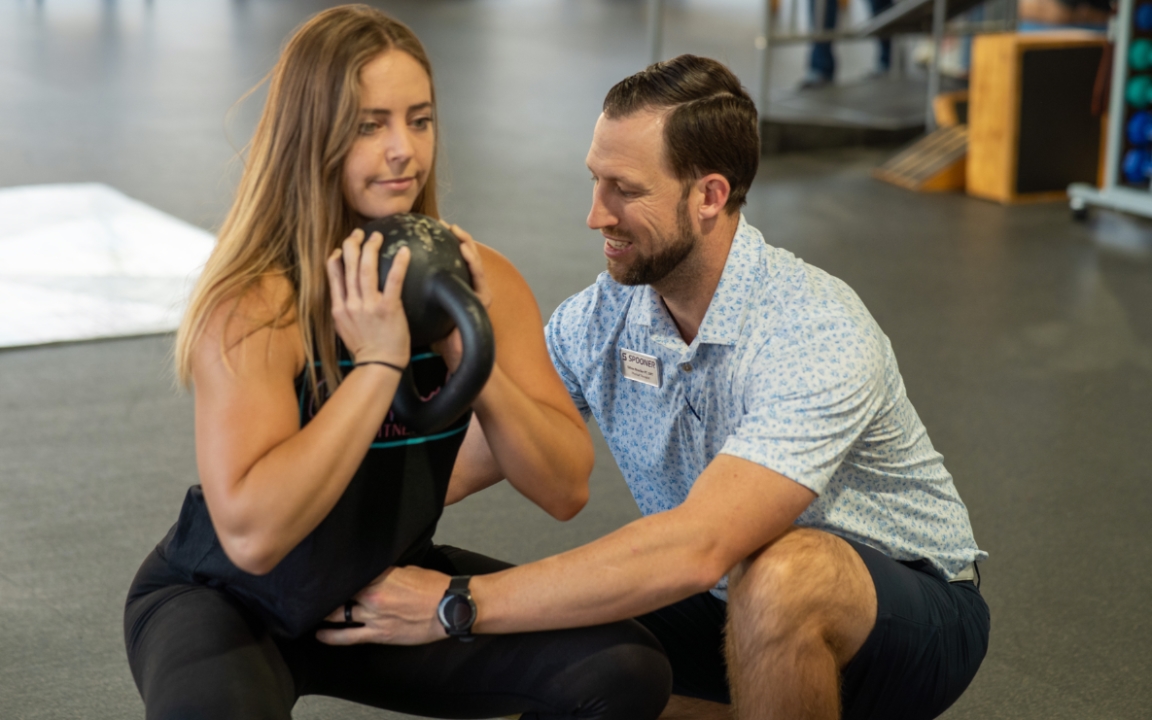What do we actually know about treating and training the female athlete? Did you know there is limited information on how to treat best treat the female athlete? According to a recent study where 6 top sports medicine journals were reviewed from 2017-2021, only 9% of all studies were done on female athletes (Paul, 2022). This population has been consistently ignored in research, and it is not only a detriment to them but also to those who are trying to return them to sport after an injury.
What we do know about the female athlete at this point is mostly conjecture due to the sheer lack of research. For example, females have a higher rate of ACL injuries, but we don’t truly know why. It’s possibly due to hormone spikes during certain times in the cycle. It also could be due to the different structure of the pelvis.
Whether it’s hormonal or physiological, the actual training of the female athlete does have to come in to the conversation. Male athletes are expected to be lifting and loading to perform their best in their sport, but there isn’t always that same expectation on female athletes. A deficit in proper training could be to blame for the higher occurrence of ACL injuries, but, again, there is little research to back this up.
ACL Injury and Core Stability
Women are 4-6x more likely to have a knee injury in the same sport as men. Regardless of biology, core stability does have an impact on lower extremity injury. In one study, the efficacy of core training on preventing ACL injuries was observed, as many ACL injuries are non-contact and occur while cutting.
The control group did not train their cores over the 10-week period, but the experimental group trained their cores 3 times a week after a warm up. The study concluded that core training led athletes to cut safer and with greater stability. The ability for the knee to stay in line with the rest of the leg rather than getting into a knock knee position increased (Jeong, 2020).
This study was exhaustive in its efforts to prove the importance of core training; however, it only studied male athletes. It’s part of the 80% of articles that fully focus on males alone.
Core strength is important for all athletes, but we don’t know specifically male versus female core strength and how it can be optimized for sport and injury prevention. For too long what we have done is assumed that research like this can also be applied to the female athlete population, but can it? Assuming has not helped us decrease the rate of certain injuries in female athletes, providing us another reason that research has to be done more consistently on this population moving forward.
Societal Norms with Training: Are We Missing the Mark?
Strength is important, there is no doubt about that. But, are we missing the mark with female athletes? Are we training female athletes- especially younger female athletes- with a same or similar intensity as we train male athletes?
It is typical (and good!) to find male and youth male athletes in the weight room. Their goals there are hypertrophy and strength. This can work to protect their bodies in athletic performance. However, for female athletes, the societal norm, especially at a younger age, is to focus on flexibility and aesthetics. These goals hold a much higher value rather than training to gain strength.
These different goals that are socially set for the different athletes may be what’s accounting for the higher rates of injury in female athletes, but the research isn’t there yet to let us know. It’s time to know.
So, what do we do as sports medicine professionals? Start with what we know: strength, core stability, and early interventions of injury reducing programs are all great things to implement in to female athlete training. And then we must become a part of the solution, doing research and supporting research that helps us better understand the uniqueness of the female athlete. We must support equality AND equity in sport and sports medicine.
As the research works to catch up, we must also learn from the experts working with female athletes. A great way to do that is to join us for The Huddle March 10th and 11th as we connect and collaborate with experts discussing Red-S, interventions they have seen work and not work, and learn from those who are working with them every day. This way, we can work to identify gaps and see what steps we need to take as sports medicine professionals to reduce their chance of injury while also encouraging equitable research of them.
References:
- Jeong J, Choi D-H, Shin CS. Core Strength Training Can Alter Neuromuscular and Biomechanical Risk Factors for Anterior Cruciate Ligament Injury. The American Journal of Sports Medicine. 2021;49(1):183-192. doi:10.1177/0363546520972990
- Paul RW, Sonnier JH, Johnson EE, et al. Inequalities in the Evaluation of Male Versus Female Athletes in Sports Medicine Research: A Systematic Review. The American Journal of Sports Medicine. 2022;0(0). doi:10.1177/03635465221131281

